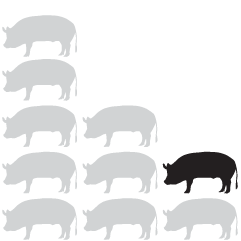-
Just under half of adults in the United States said they had an alcoholic beverage in the past 30 days. Does this change for various groups? If so, by how much?
-
Members Only
-
Merriam-Webster is about to release the next edition of their large language model in November. No hallucinations, hundreds of thousands of well-defined parameters. I’m excited.
We are thrilled to announce that our NEW Large Language Model will be released on 11.18.25.
— Merriam-Webster (@merriam-webster.com) October 1, 2025 at 7:38 AM
-
-
The government shutdown of 2025 begins. Here is a quick table by Nigel Chiwaya for NBC News showing the congressional parties and the length of the funding gaps. Not all gaps include shutdowns and furloughs for federal employees, but the last six have, and the last shutdown in 2018 was the longest.
-
As one might expect, Congress is having trouble figuring out how to fund the government, which is likely headed towards a shutdown. For the New York Times, Lazaro Gamio charted the history of funding, lapses, and shutdowns.
Congress is supposed to pass 12 spending bills every year before October 1, and they’ve only been able to do it five times since the rule began in the 1970s. They don’t seem to be getting better at it.
-
For Quanta Magazine, Joseph Howlett and Mark Belan explain the mechanics of how greenhouse gases lead to a hotter planet.
Earth will eventually settle into a new, hotter equilibrium, but only if its atmosphere stops changing. As long as we keep adding more greenhouse gases, the planet will keep getting hotter, chasing an equilibrium it can never reach.
Simulations and interactive animations throughout the piece keep things spicy.
-
You can find rhythms and patterns when you look closely at the activities of daily life. Cars move across a freeway, a ping pong ball hits back and forth, and clouds float across the sky. Matthew Wilcock translates these rhythms to music and ambient sounds. It is surprisingly calming.
Read More -
Most of the H-1B attention has been on companies, but many visa holders are at research institutions studying topics that might be of use to society. From Alex Ip for The Xylom:
The Xylom’s analysis of data from the U.S. Customs and Immigration Services (USCIS) identified more than 13,000 H-1B workers who have joined over 200 four-year or postgraduate-only land-grant, sea-grant, and R1: Very High Spending and Doctorate Production institutions so far this fiscal year.
-
The wildfires keep coming, and the smoke pollution keeps filling the air. It seems to be getting worse. For the Washington Post, Shannon Osaka, John Muyskens, and Daniel Wolfe have the charts and map to show the increases.
-
This is quite a visual story from Reuters. In a comic format, they illustrate and describe the story of travelers tricked at the airport in Thailand. The travelers are abducted and forced into scamming others out of savings, or face consequences.
-
Members Only
-
Researchers from the MIT Media Lab studied posts to r/MyBoyfriendIsAI on Reddit. While using AI chatbots for relationship stand-ins is still niche, interest seems to be growing. On the reported benefits:
Reported benefits centered on addressing social isolation and emotional needs. Users frequently cited reduced loneliness (12.2%) and always-available support (11.9%) as primary advantages, emphasizing the temporal accessibility that distinguishes AI from human relationships. The provision of a safe space for emotional expression (9.9%) and non-judgmental interaction (5.0%) highlighted the psychological safety users experienced. Mental health improvements were explicitly reported by 6.2% of users, with 4.2% crediting AI companions with helping them through crises. Additionally, 6.0% reported better self-understanding through AI interactions, suggesting these relationships facilitate introspection and personal growth. These findings indicate that companion AI systems serve complex psychological and social functions, often addressing unmet needs in users’ human relationships while providing unique affordances unavailable in traditional social contexts.
I’m not sure what to make of this. If the alternative is loneliness, then maybe it’s okay as a temporary band-aid, but marrying a large language model can’t be good long-term, right?
-
From Gyana Swain for Computerworld on how “hallucinations” a.k.a. computer errors are inevitable with LLMs:
“Unlike human intelligence, it lacks the humility to acknowledge uncertainty,” said Neil Shah, VP for research and partner at Counterpoint Technologies. “When unsure, it doesn’t defer to deeper research or human oversight; instead, it often presents estimates as facts.”
The OpenAI research identified three mathematical factors that made hallucinations inevitable: epistemic uncertainty when information appeared rarely in training data, model limitations where tasks exceeded current architectures’ representational capacity, and computational intractability where even superintelligent systems could not solve cryptographically hard problems.
LLMs function under data with uncertainty attached. For general purpose, in the human world, that will always be the case. This is problematic when you have chatbots spouting sure things all the time.
-
For Futurism, Maggie Harrison Dupré highlights the role of ChatGPT between divorced couples.
“Empathy and validation are important components of any kind of mental health treatment or mental health intervention, but it can’t stop with empathy and validation,” she said. “You can’t just continually tell somebody you know who’s looking for emotional support that their way is the right way, and their worldview is the only correct worldview.”
The “role of a good therapist,” said Lembke, “is to make people recognize their blind spots — the ways in which they’re contributing to the problem, encouraging them to see the other person’s perspective, giving them linguistic tools to de-escalate conflicts with partners and to try to find their way through conflict by using language to communicate more effectively.”
Most of the couples interviewed had existing issues, but when one or both spouses start turning to a hype man with encyclopedic knowledge, you’re going to run into trouble.
-
Women’s clothing sizes aren’t the same across brands. The Straits Times collected measurements, printed 3-D models, and compared size charts against reality to show variation scale and maybe help you find the right size.
Size information also varies. Some brands provide general body measurement sizing guides for all products, others list garment measurements for each item, and some offer both. Since general body measurements are easier to compare with our own, we collected body measurement charts from eight popular brands in Singapore – Uniqlo, H&M, Cotton On, Sandro, COS, Lululemon, Love & Bravery and Love, Bonito – which publish them online.
Most sizing guides often provide bust, waist and hip measurements, but bodies are more complex than a set of numbers, and that’s part of why finding a good fit can be tricky.
The article opens with a graphic similar to the Cox classic on dress sizes and then they go all-in on showing fit and clothes size. There is even this interactive bit that lets you adjust measurements to see where one might relate.

As a man with a single waist measurement and an aversion to trying on clothes, I am thankful.
-
Speaking of the BLS, economist David Wessel joins Jonathan Schwabish on the PolicyViz podcast to discuss the current state of the economy and the reliability of data coming from statistical agencies. There’s a brief lesson in there about where the data comes from, its importance, and how it affects us at the community level. For example:
And I don’t think people generally understand how much of the social programs we have are influenced by the research that people have done before. I mean, just take for an example, the Earned Income Tax Credit.
It’s one of our biggest anti-poverty programs. It’s a bonus that we pay low-wage workers. And it has survived in part because there’s good data on what effect it this has on people’s willingness to work or the well-being of their children and stuff like that.
So without good data to fund to that honest researchers can do, and sometimes we’ll discover some programs don’t work and we can get rid of them, we’ll be driving blind.
Some people probably prefer that we drive blind so they can point us in the direction that they want to go. But that doesn’t seem like the right direction.
-
Erika McEntarfer, the former chief for the Bureau of Labor Statistics made her first public appearance since the abrupt firing. For Bloomberg, Molly Smith reports:
On Aug. 1, several hours after her agency reported weak jobs growth in July and substantial downward revisions to the prior two months, McEntarfer said she was contacted by a reporter requesting comment on a social media post from President Donald Trump calling for her immediate firing.
“To be honest, I didn’t actually believe I had been fired,” McEntarfer said in prepared remarks at an event Tuesday at her alma mater, Bard College.
Then McEntarfer received a brief email from the White House:
Dr. McEntarfer,
On behalf of President Donald J. Trump, I am writing to inform you that your position as Commissioner of Labor Statistics is terminated effective immediately.
Thank you for your service.
No flowers or anything. Rude.
-
The Washington Post algorithmically identified circling flight paths for helicopters over Washington, D.C., between August 7 and September 7, 2025. The repeating patterns make it obvious where the helicopters have been hanging out.
-
The Bird Migration Explorer shows bird migrations that you can explore. Each color represents a type of migratory bird, such as landbirds in green and shorebirds in yellow.
I’m into the color pencil aesthetic. Although my computer buckled in interaction mode. I believe if you are on a newer computer, you can hover over the paths to get more information about each bird type’s journey.




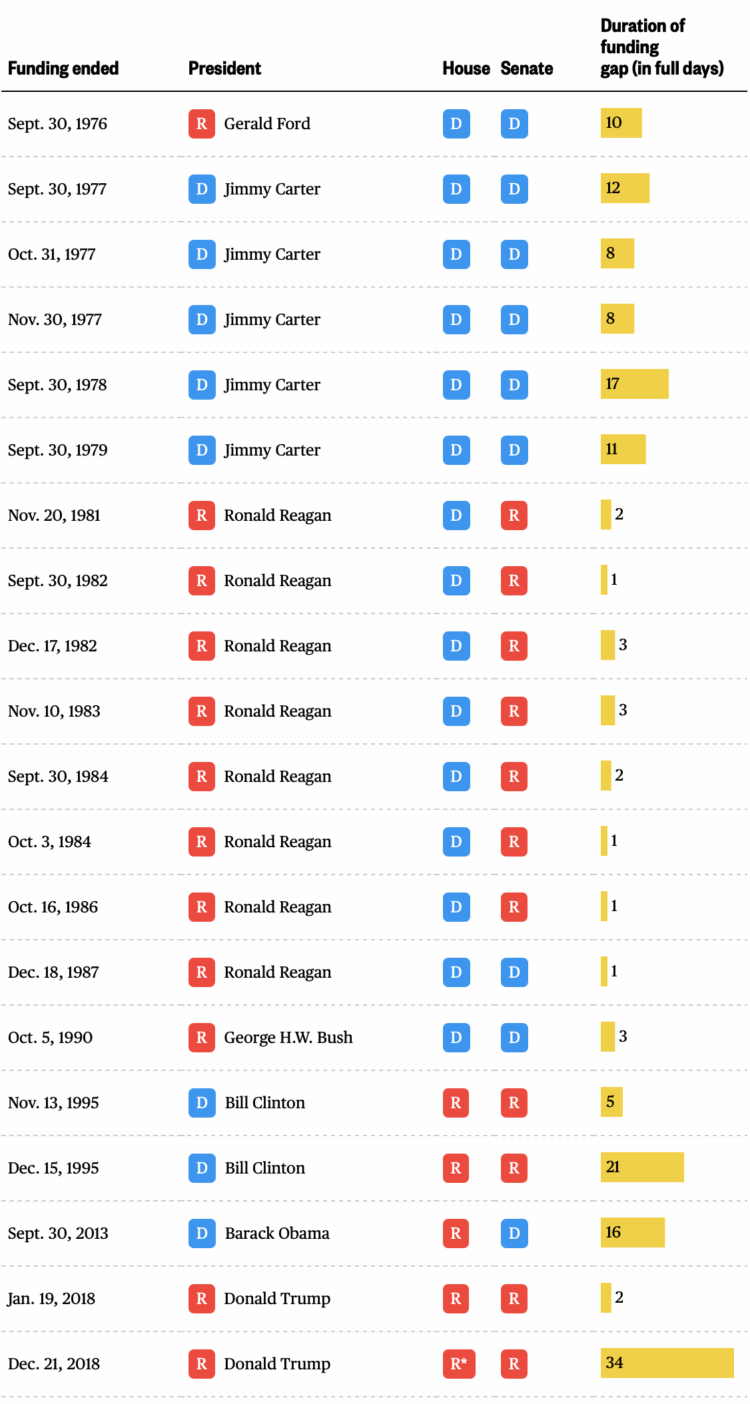
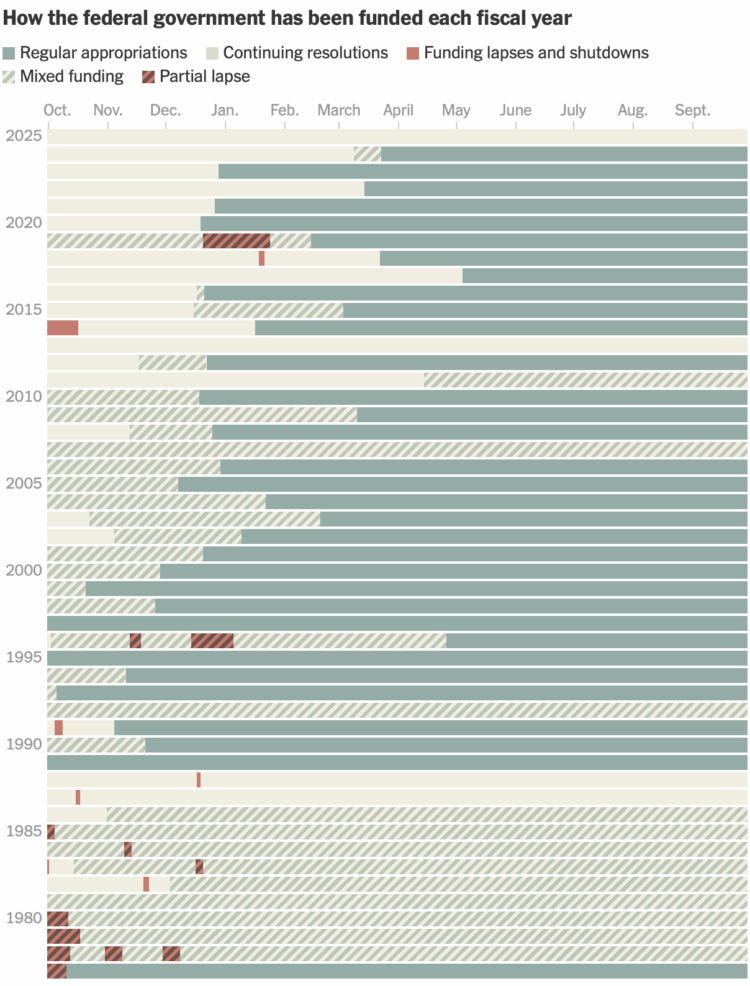
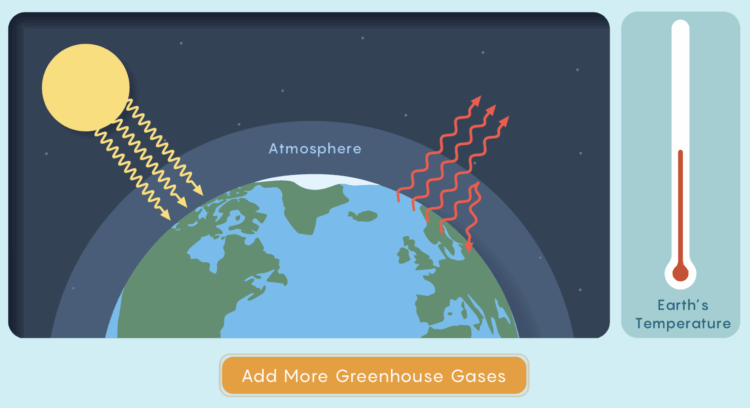

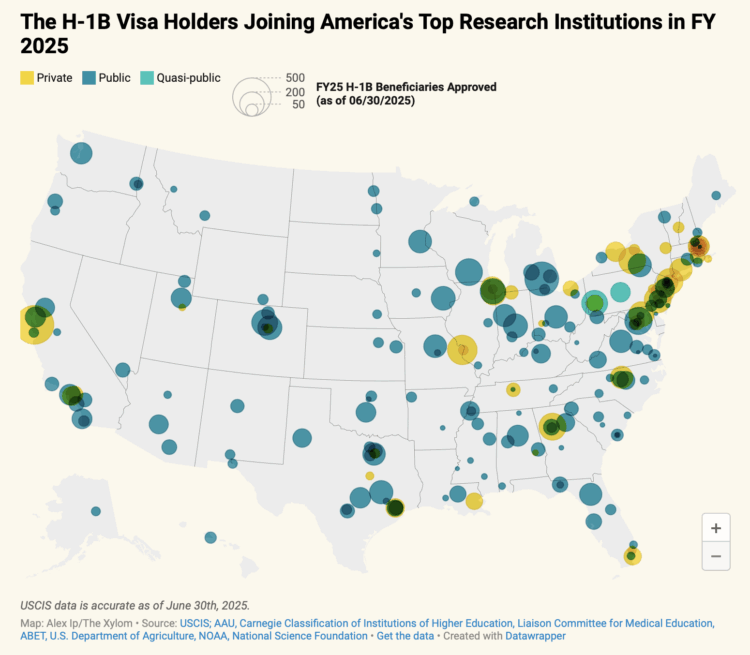
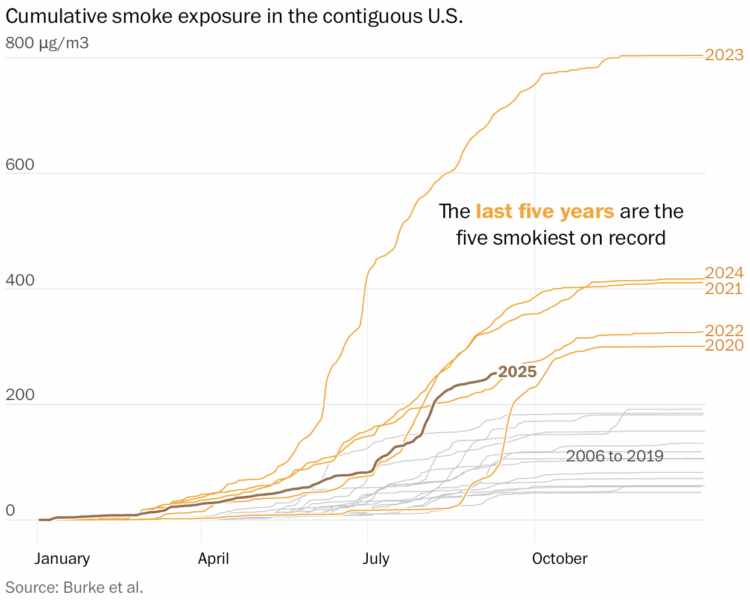


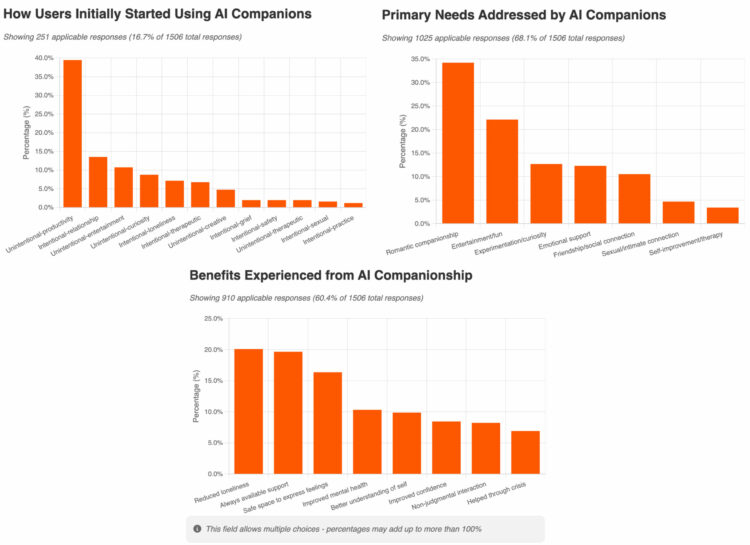
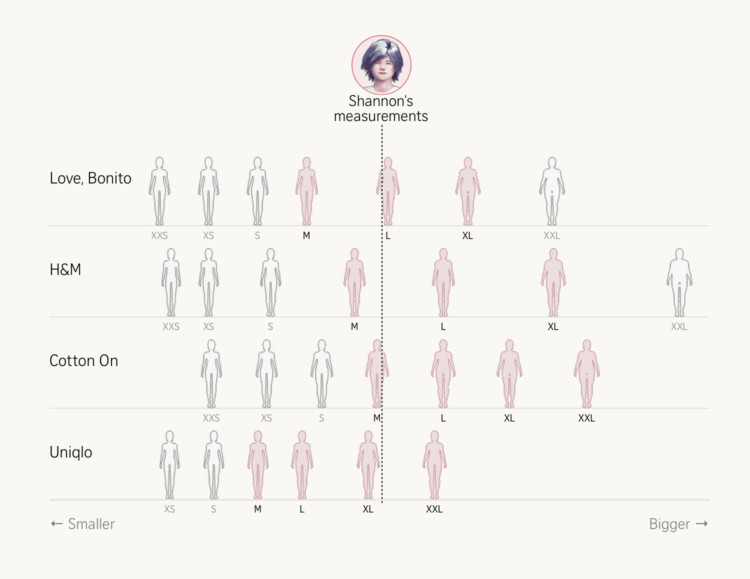
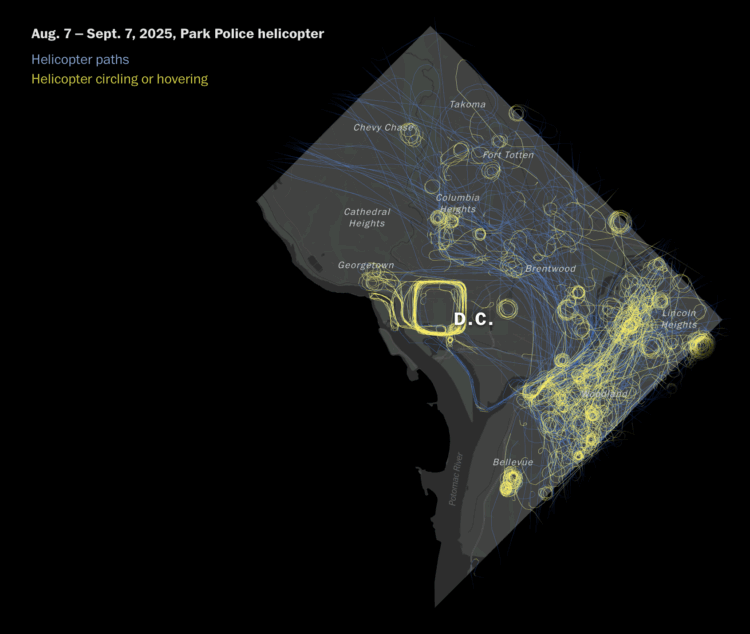
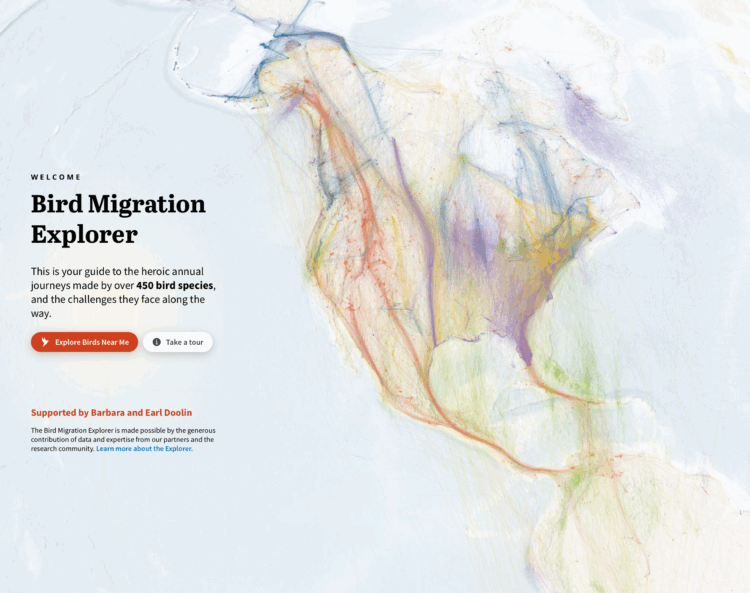
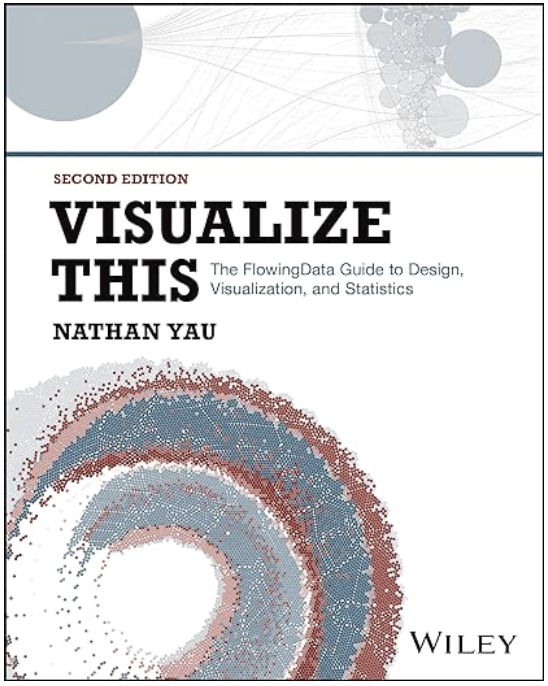 Visualize This: The FlowingData Guide to Design, Visualization, and Statistics (2nd Edition)
Visualize This: The FlowingData Guide to Design, Visualization, and Statistics (2nd Edition)




